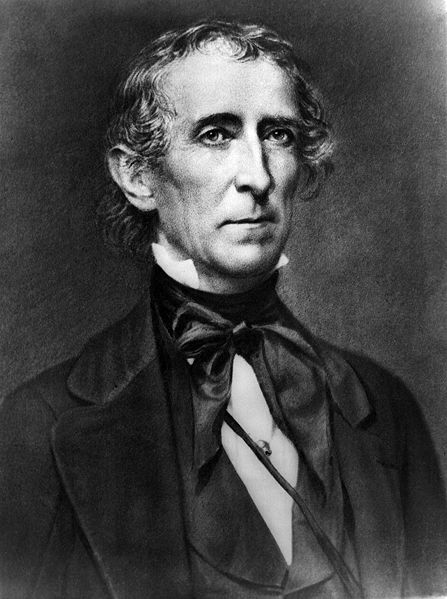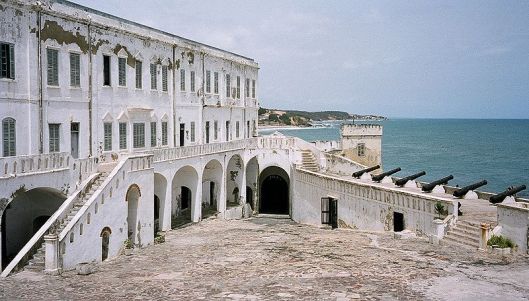 It doesn’t feel like a New York winter based on the temperature outside, but nonetheless the calendar still reads January. Today I finally began David Blight’s seminal Race and Reunion, which I had shamelessly pulled from the shelves of the library where I work several months ago and kept in my office all this time. I am not totally new to Blight’s work, having read American Oracle when it was released this past fall. And, of course, he is a fixture on the book talk show circuit. For those who may have missed it, the scholars at Emerging Civil War ran this series in October marking the 10th anniversary of the book’s release. I’m going into R&R with an open mind, but am aware of its premises and the counter-arguements against it. In yet another sign that I married the right woman, the Hayfoot came home from the public library a few months back with Gary Gallagher’s The Union War for me to read, finding all by herself on the New Arrivals shelf.
It doesn’t feel like a New York winter based on the temperature outside, but nonetheless the calendar still reads January. Today I finally began David Blight’s seminal Race and Reunion, which I had shamelessly pulled from the shelves of the library where I work several months ago and kept in my office all this time. I am not totally new to Blight’s work, having read American Oracle when it was released this past fall. And, of course, he is a fixture on the book talk show circuit. For those who may have missed it, the scholars at Emerging Civil War ran this series in October marking the 10th anniversary of the book’s release. I’m going into R&R with an open mind, but am aware of its premises and the counter-arguements against it. In yet another sign that I married the right woman, the Hayfoot came home from the public library a few months back with Gary Gallagher’s The Union War for me to read, finding all by herself on the New Arrivals shelf.
Memory has been a major component of contemporary historiography for well over a decade and this trend has only accelerated during the sesquicentennial. The first time I ever truly questioned my assumptions about the American Civil War was when I read Tony Horowitz’s Confederates in the Attic in 1998. In it he mentions the potential unreliability of such seemingly unimpeachable cornerstones of Civil War scholarship as the Official Records of the War of the Rebellion. Horowitz explains how figures on both sides provided details of the war in the OR and in their memoirs that were clouded by self-serving prejudices and faulty memories. Call me naive if you want; I was a lot younger then. It was the first time I had ever seen it put in those terms before, and it is still what I took away the most from Horowitz. That all, or even some, of your assumptions may be wrong is a very unsettling thought.
The following year I went to Shiloh for the first time. Seeing the monuments the veterans constructed to themselves in the years roughly from 1880-1910 I could not help but wonder how and why they came to be. Every June my wife and I visit Gettysburg and, if anything, the hows and whys are even more intriguing at the war’s High Water Mark. I’m looking forward to reading Blight’s work and will comment on it when I finish.











